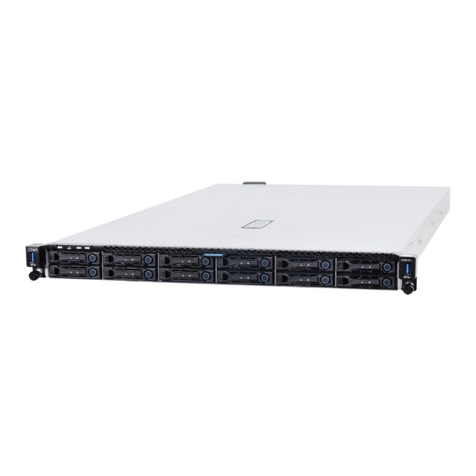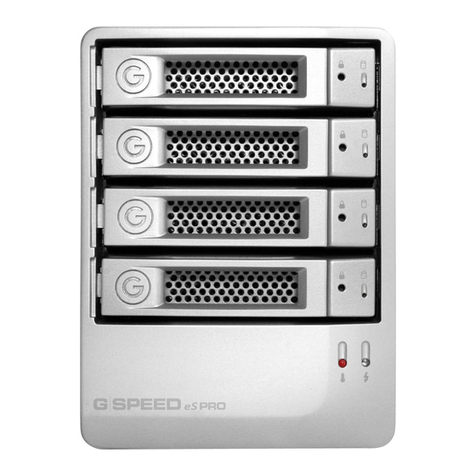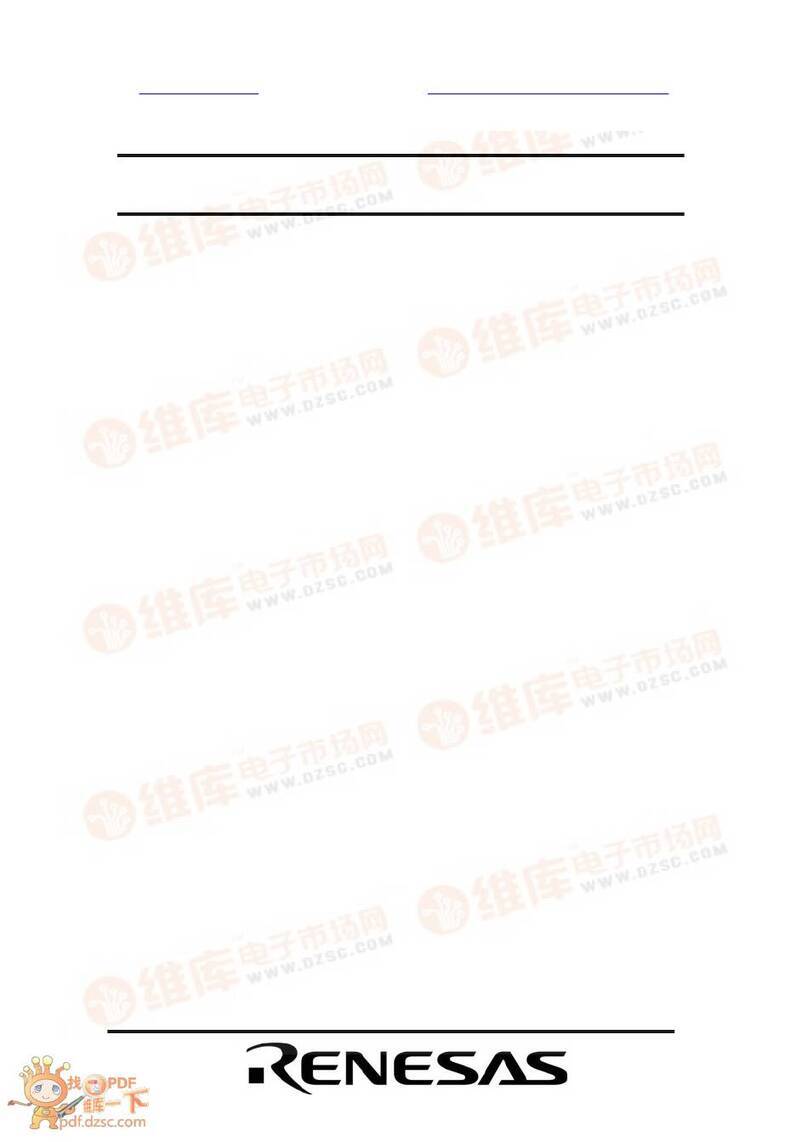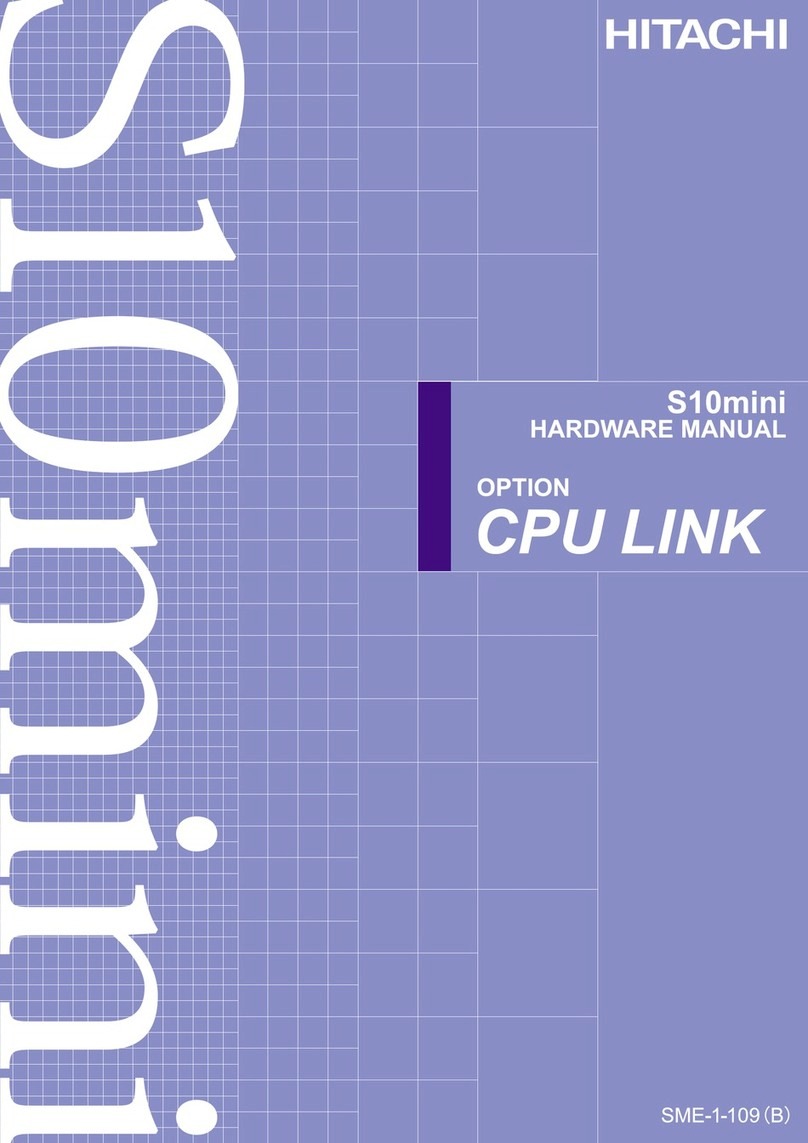Hitachi AP1 Product guide
Other Hitachi Computer Hardware manuals
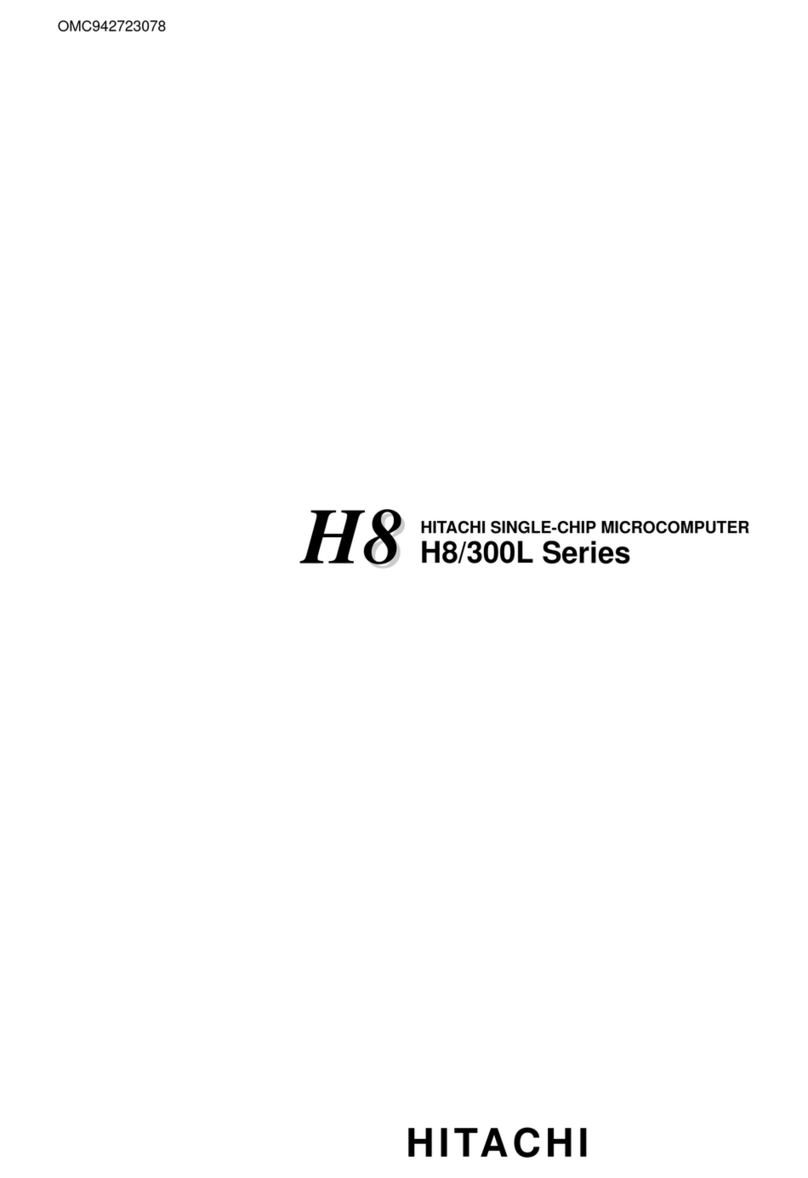
Hitachi
Hitachi H8/300L Series User manual
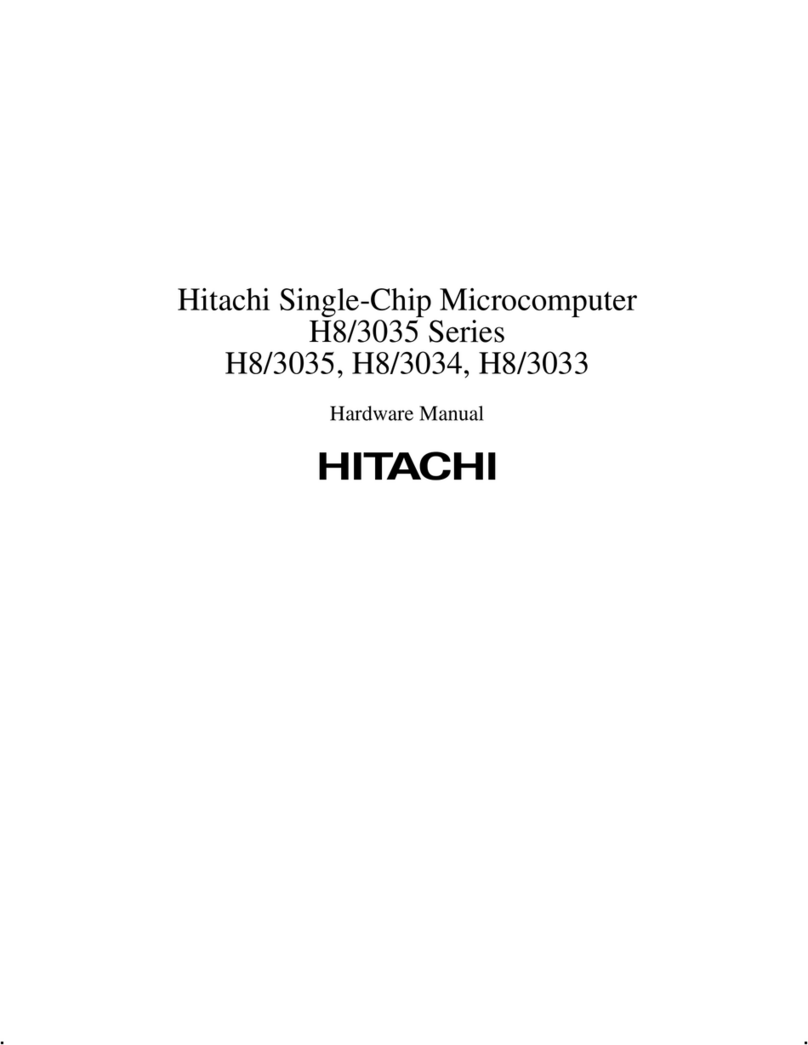
Hitachi
Hitachi H8/3035 Series User manual

Hitachi
Hitachi S10mini OD.RING User manual

Hitachi
Hitachi H8/3006 User manual
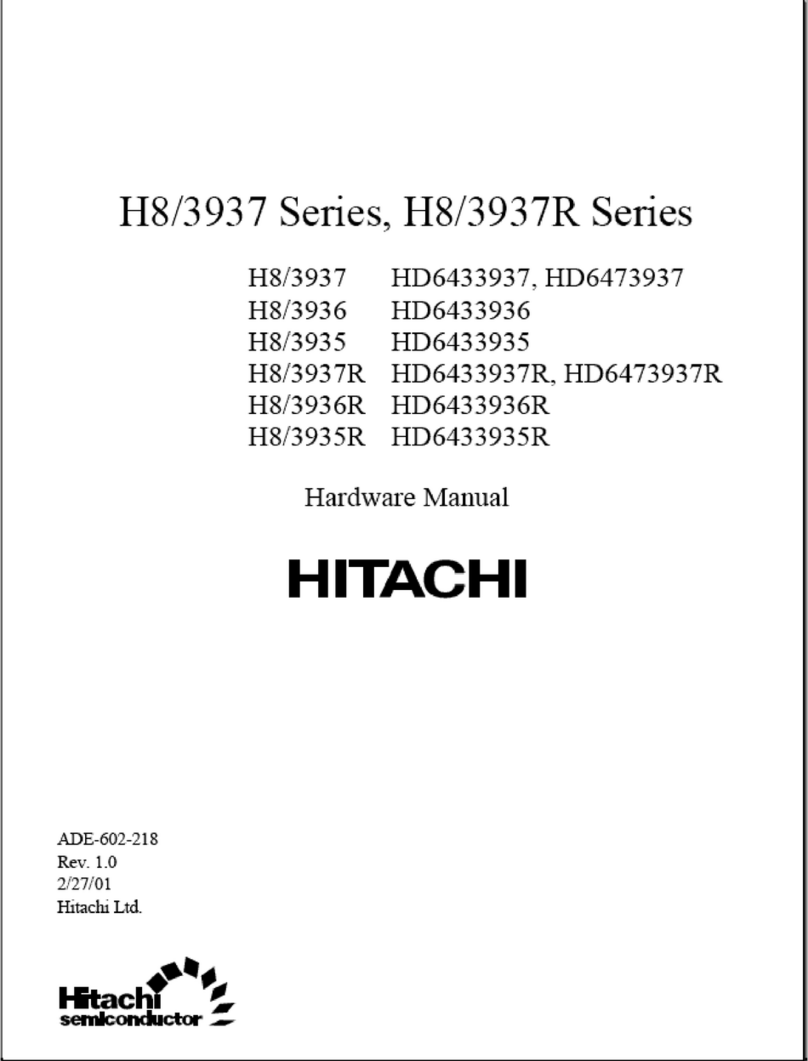
Hitachi
Hitachi H8/3937 Series User manual
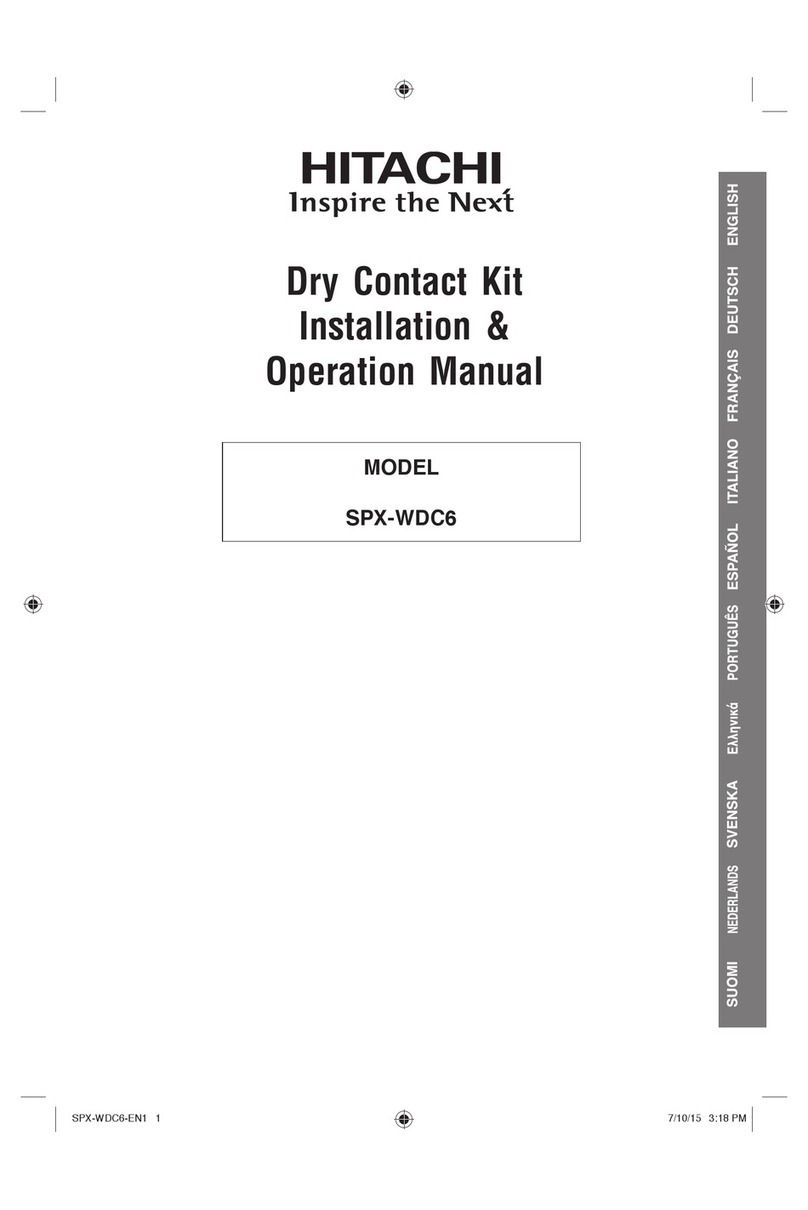
Hitachi
Hitachi SPX-WDC6 User manual

Hitachi
Hitachi S10mini S User manual

Hitachi
Hitachi H8S/2338 Series User manual

Hitachi
Hitachi BRD-S2 User manual

Hitachi
Hitachi H8/3672 Series User manual
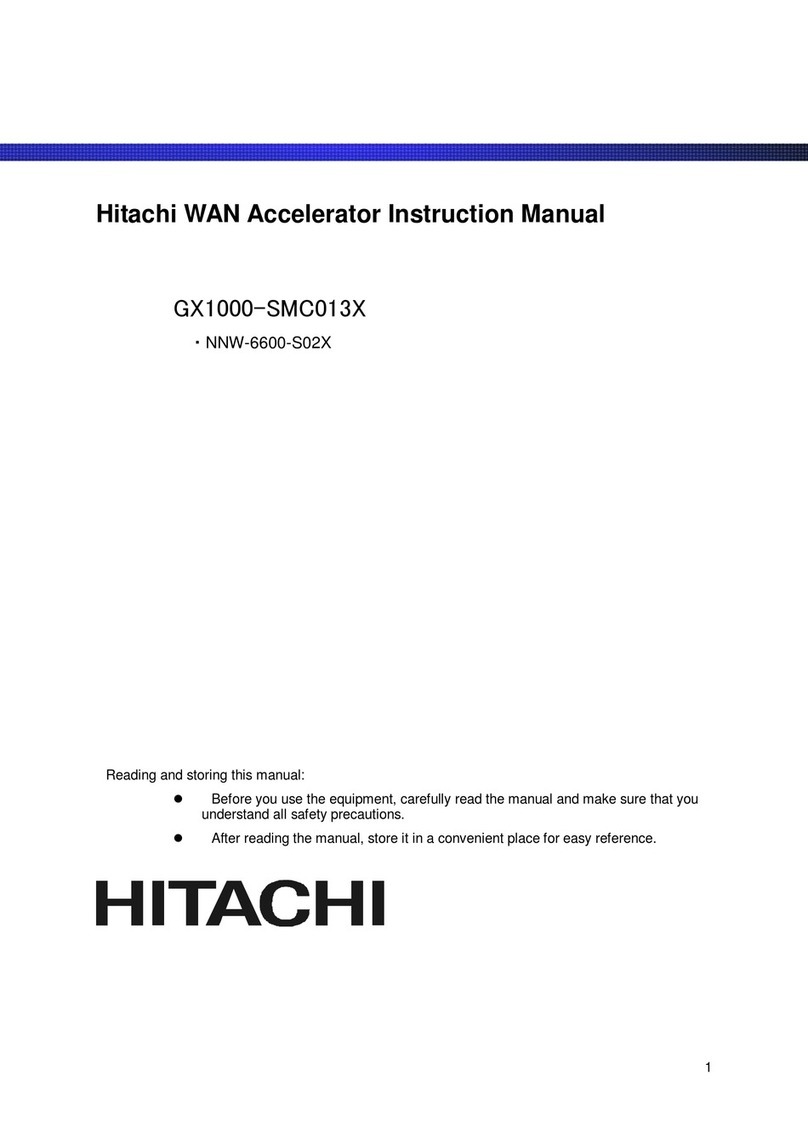
Hitachi
Hitachi GX1000-SMC013X User manual
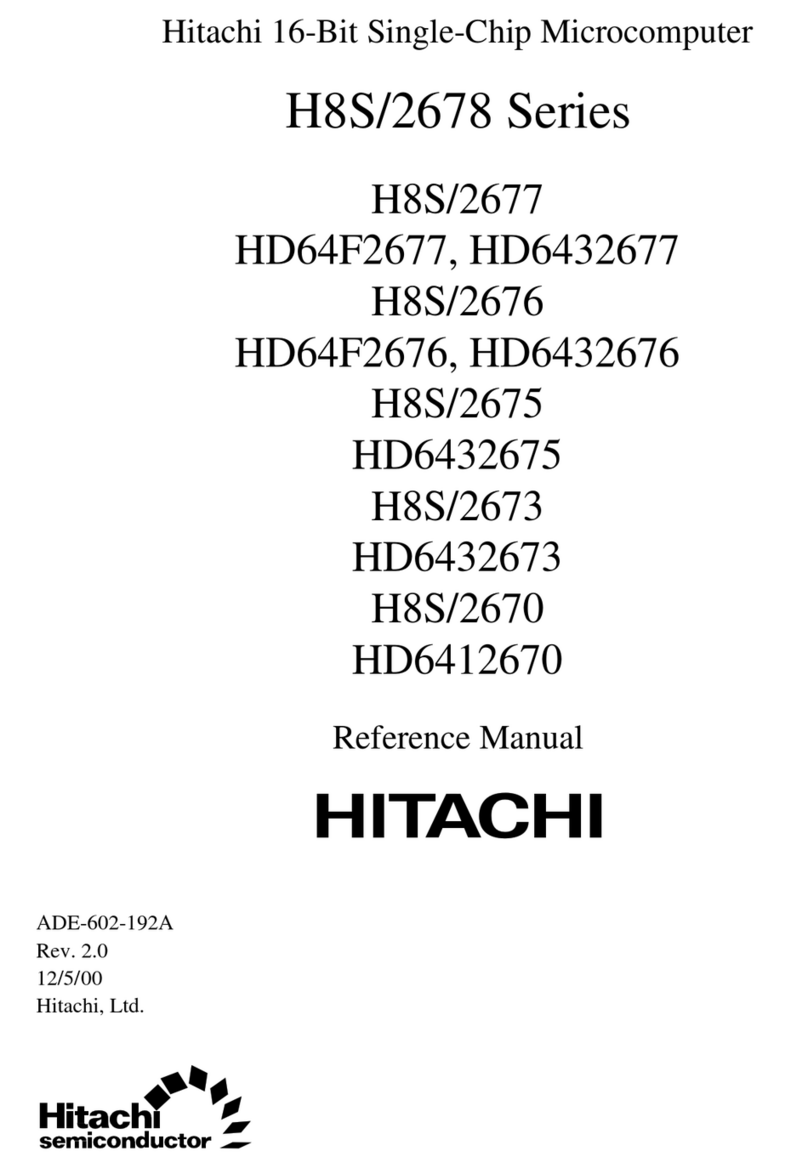
Hitachi
Hitachi H8S/2678 Series User manual

Hitachi
Hitachi H8/3062 User manual
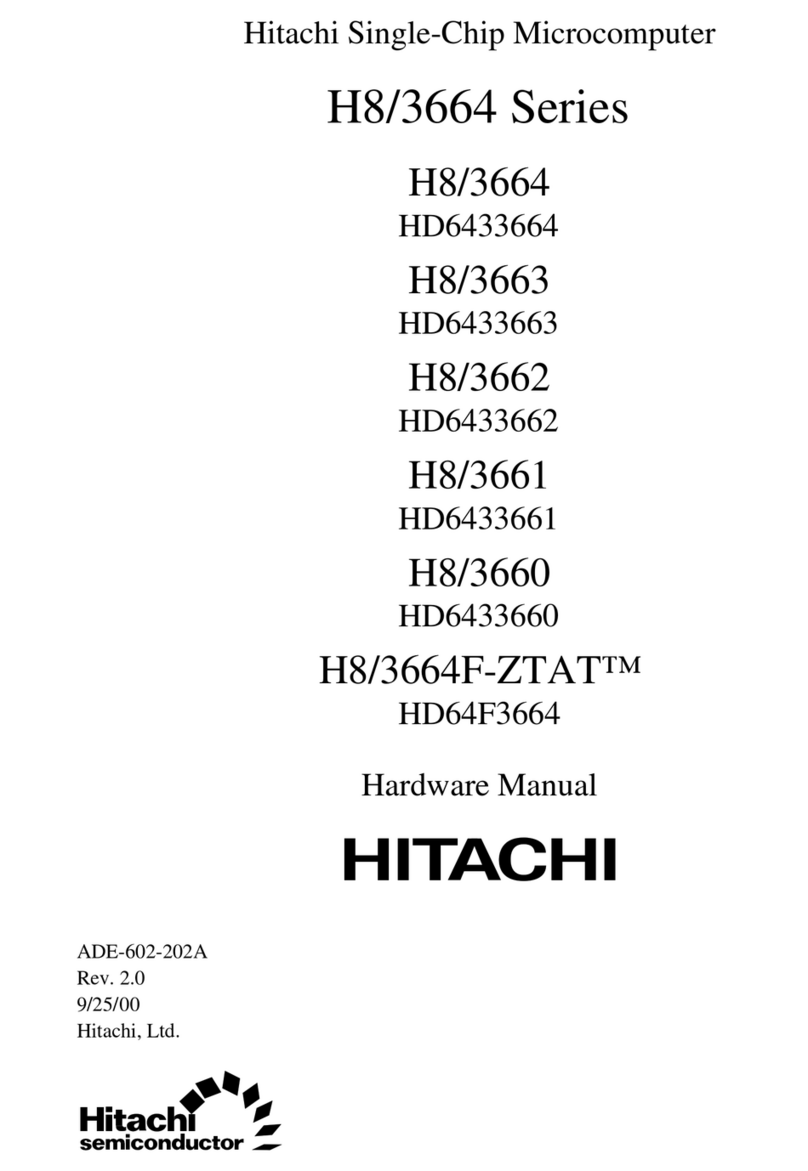
Hitachi
Hitachi H8/3664 User manual
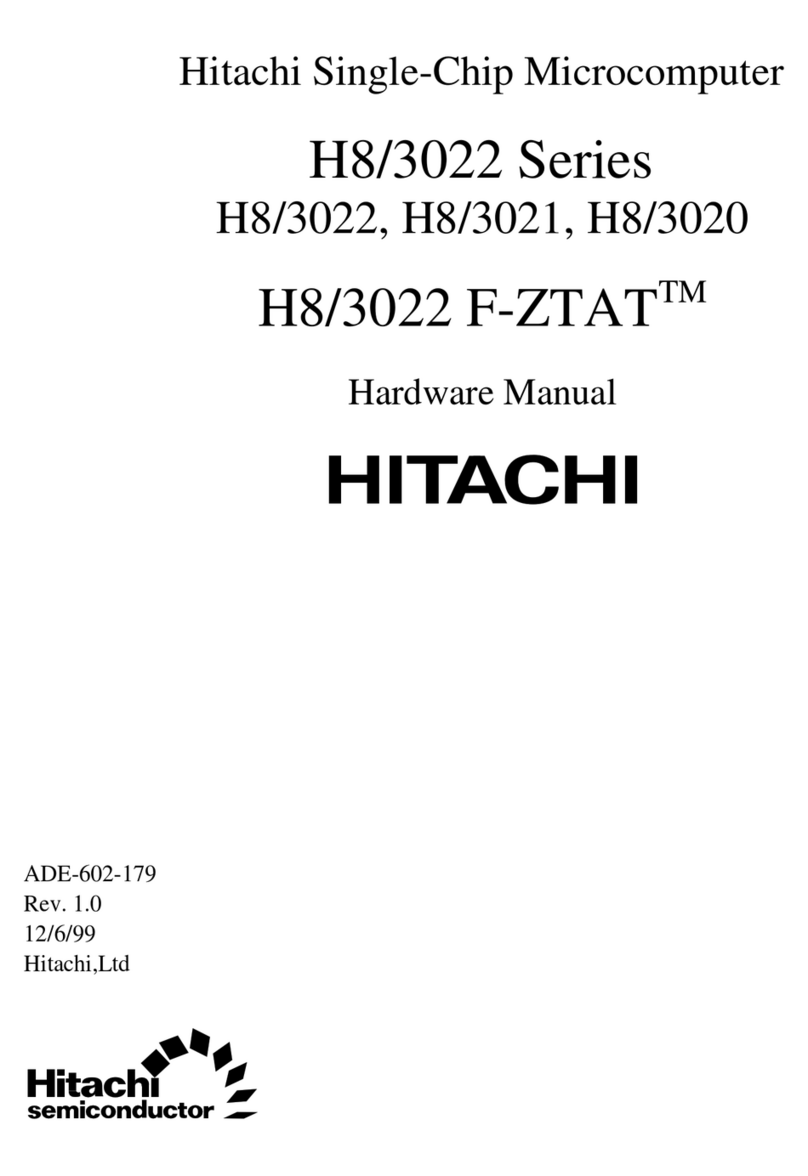
Hitachi
Hitachi H8/3022 F-ZTAT User manual
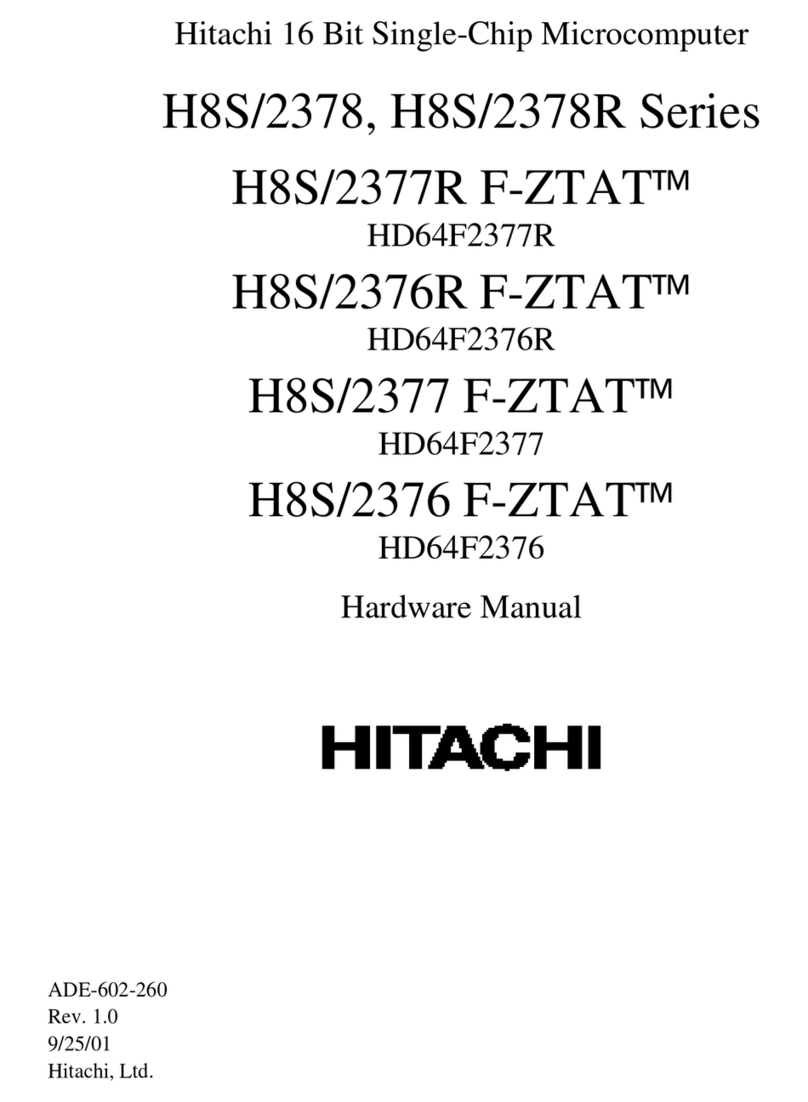
Hitachi
Hitachi H8S/2378, H8S/2378R Series User manual

Hitachi
Hitachi H8/300L Series Owner's manual
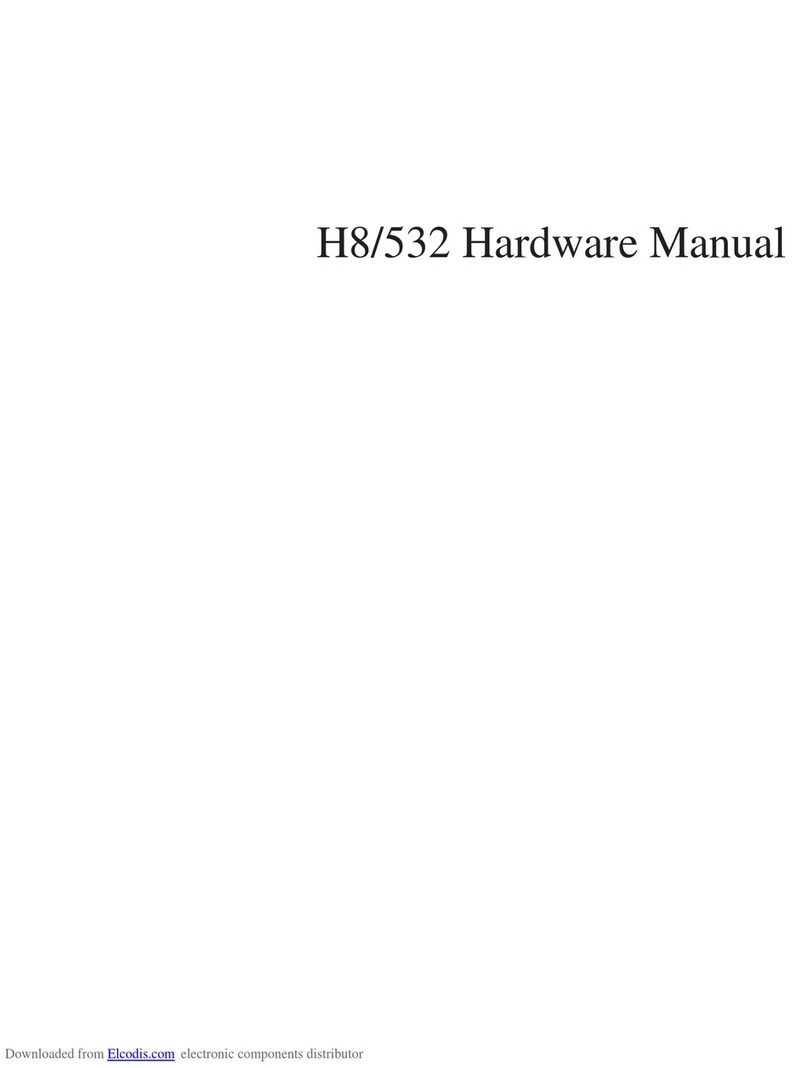
Hitachi
Hitachi H8/500 Series User manual

Hitachi
Hitachi H8/3152 User manual
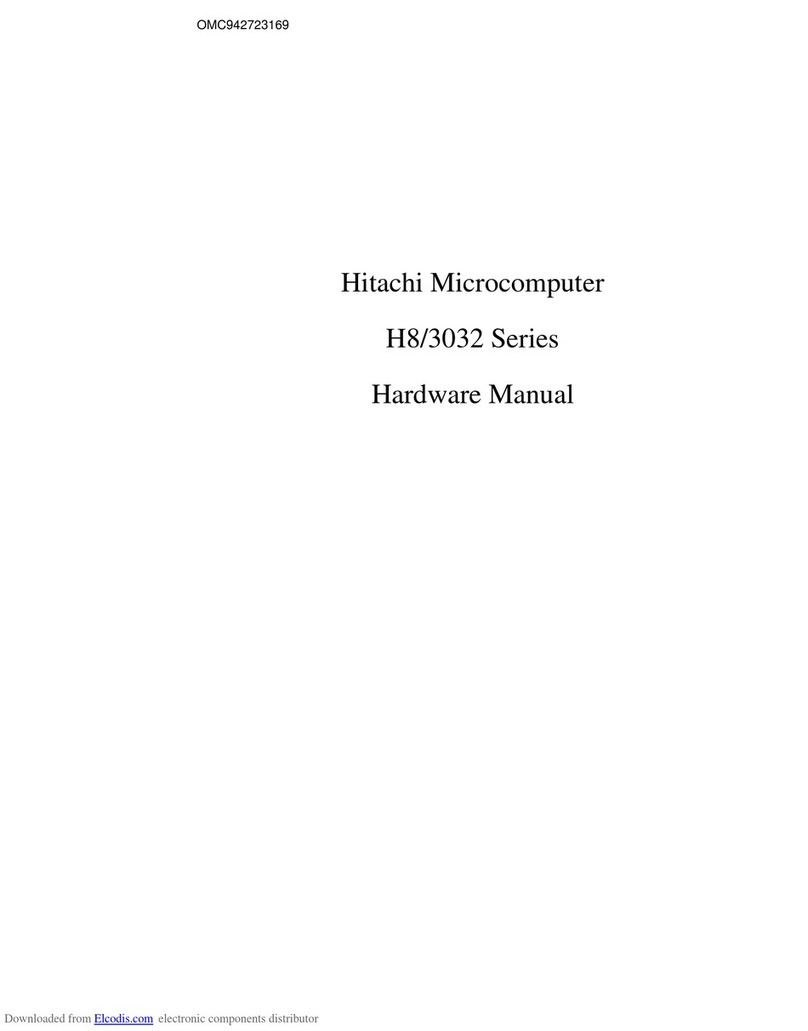
Hitachi
Hitachi H8/3032 Series User manual
Popular Computer Hardware manuals by other brands

Toshiba
Toshiba TOSVERT VF-MB1/S15 IPE002Z Function manual

Shenzhen
Shenzhen MEITRACK MVT380 user guide

TRENDnet
TRENDnet TEW-601PC - SUPER G MIMO WRLS PC CARD user guide

StarTech.com
StarTech.com CF2IDE18 instruction manual

Texas Instruments
Texas Instruments LMH0318 Programmer's guide

Gateway
Gateway 8510946 user guide

Sierra Wireless
Sierra Wireless Sierra Wireless AirCard 890 quick start guide

Leadtek
Leadtek Killer Xeno Pro Quick installation guide

Star Cooperation
Star Cooperation FlexTiny 3 Series Instructions for use

Hotone
Hotone Ampero user manual

Connect Tech
Connect Tech Xtreme/104-Express user manual

Yealink
Yealink WF50 user guide
